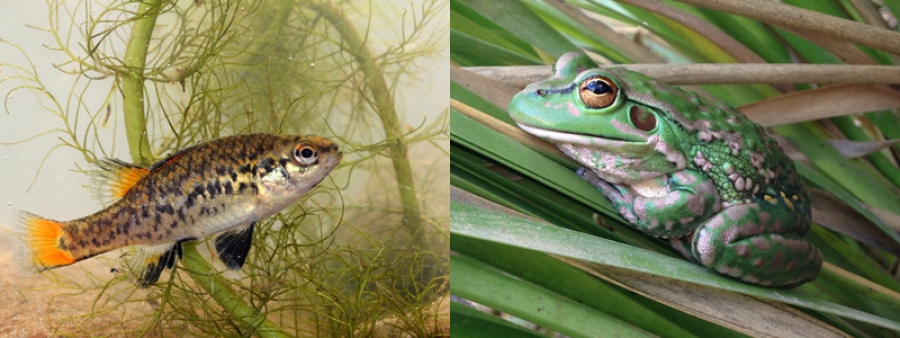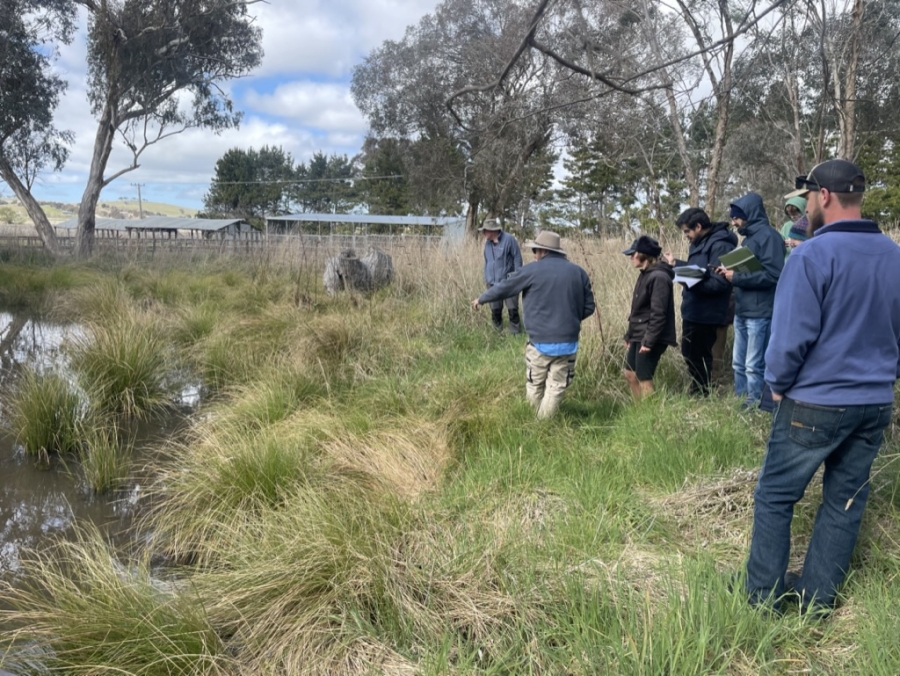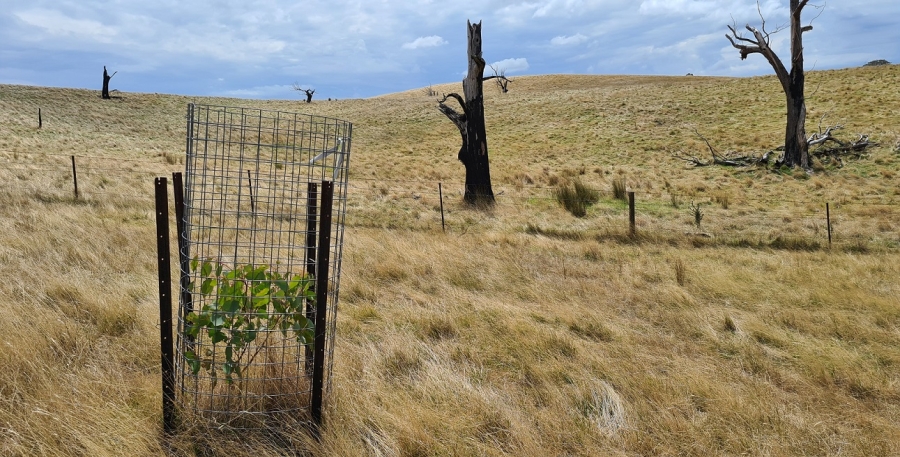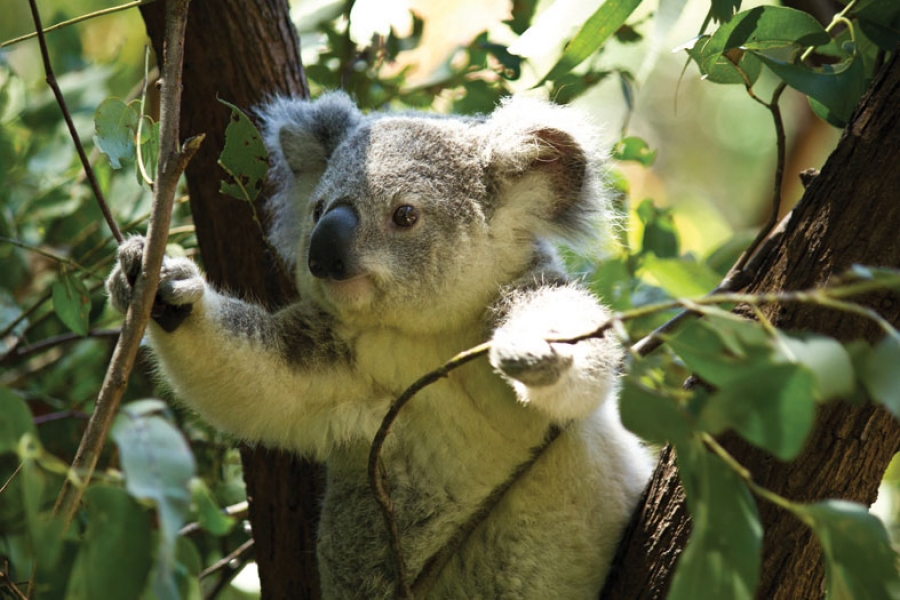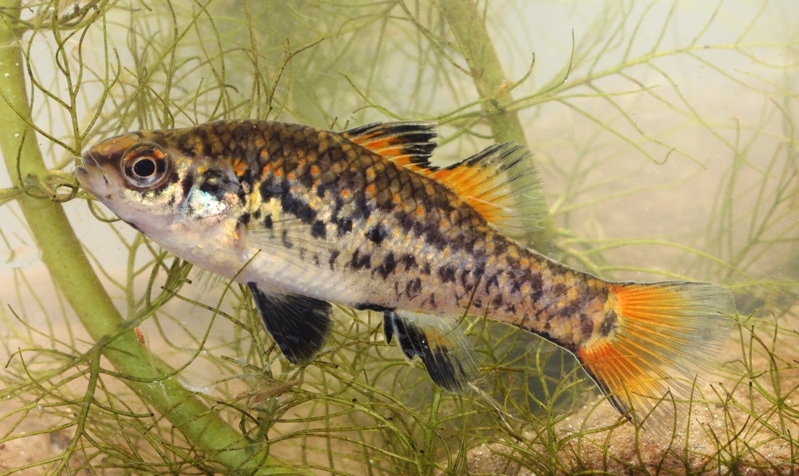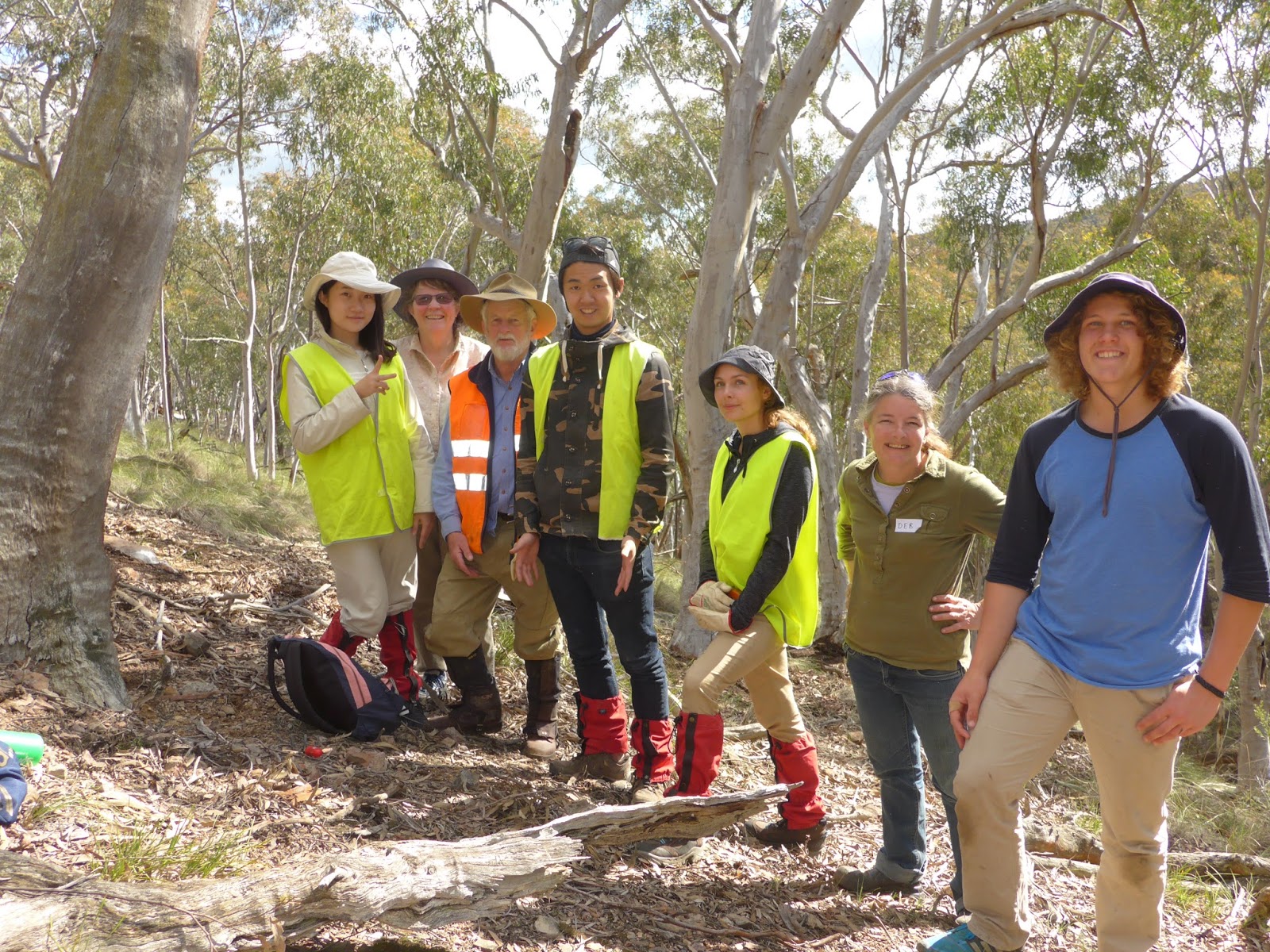For inquiries, please get in touch: This email address is being protected from spambots. You need JavaScript enabled to view it.; 0488 027 653.
Gunning District Landcare is proud to support our newly established Bushcare group!
Our Bushcare group is currently dedicated to the restoration and preservation of the Endangered Ecological Community (EEC) within the bush block at the Gunnings Showground. Through training workshops and regular meetings, members gain hands-on experience while contributing to the regeneration of this unique ecosystem. Bushcare is also an excellent way to meet likeminded people and make lasting community connections.
What to expect at our group meetings:
- On-site training and resources
- Gloves and tools are provided
- Morning tea provided
- No experience is necessary.
Join us on the first Friday and third Saturday of each month from 8:30 am to 11:30 am. We meet at the Copeland St entrance of the bush block. To express your interest or for further inquiries, please contact Leah at 0488 027 653 or This email address is being protected from spambots. You need JavaScript enabled to view it.. Let's come together to make a positive impact on our local environment!
Our Bushcare group is proudly funded by Acciona Energia and Transgrid.
Gunning District Landcare's 'Paddock Tree Project' aims to re-establish paddock trees in the Gunning region. Through this project, landholders request 1 to 25 trees and guards per property, and are required to make a co-contribution of around $25 or $30 per guard depending on the size of the guard, as well as supply their own steel pickets. There is a saving of around $35 per guard through this subsidised project!
GDL has run the Paddock Tree Project two years in a row; with 276 native trees planted in 2022, 408 in 2023 and 362 in 2024. We are grateful to have recieved another round of funding from the Biala Wind Farm Community Grant to run another Project in 2025. Scattered paddock trees are vital in the Australian landscape for wildlife, ecological health, and productivity. You can read more about all these important benefits here.
Past funding by Local Land Services, the Biala Wind Farm Community Grant, and contributions from local landholders have made these projects possible at a low cost to participants. For the 2025 round, expressions of interest close on 20 April 2025, with trees and guards to be distributed in Autumn 2025. Click here to fill out the expression of interest form online.
Mates of Mundoonen was originally a WIRES funded project to determine how the koala and the spotted quail-thrush are faring in the local Mundoonen Nature Reserve. The project is ongoing as funding becomes available.
Recently, koalas across the country were beleaguered by devastating bush fires and habitat destruction. Is our koala still with us locally? This project, led by local landcare groups from the Gunning and Yass districts, aims to find out – and to do all it can to help keep koalas here for the future.
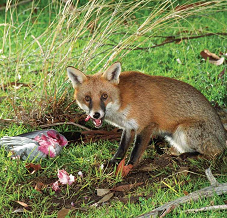 There are some 10,000 feral foxes in the wider Gunning district. They are a huge environmental and economic menace. Foxes are an invasive introduced species that cause significant harm to stock and wildlife. Not only do they kill lambs and chickens, they also spread diseases that affect all kinds of stock – including cattle - and some native animals. Foxes have caused the extinction of many native birds, reptiles, amphibians and mammals; they are an on-going threat to numerous others.
There are some 10,000 feral foxes in the wider Gunning district. They are a huge environmental and economic menace. Foxes are an invasive introduced species that cause significant harm to stock and wildlife. Not only do they kill lambs and chickens, they also spread diseases that affect all kinds of stock – including cattle - and some native animals. Foxes have caused the extinction of many native birds, reptiles, amphibians and mammals; they are an on-going threat to numerous others.
Gunning District Landcare has a proud history of fighting foxes. One of our predecessor groups, Jerrawa Creek Landcare, established the model of coordinated group baiting, which organises landholders within a local area to all bait at the same time. This has proved extremely effective at reducing fox numbers. The more people involved in a coordinated baiting program, the better. Whether you are a sheep producer, cattle producer, part-time hobby farmer, or if you have a conservation block – everyone has role to play.
Check out this video to learn about the history and importance of controlling foxes, featuring people from Gunning District Landcare and other committed fox baiters in our region.
In 2018, Gunning District Landcare called for people to nominate suitable farm dams as refuge sites for the threatened Southern Pygmy Perch. There are only three populations of this charismatic little fish left in the wild in NSW, and two of these populations are in the Gunning area!
Unfortunately, Southern Pygmy Perch is under severe threat from the voracious non-native Red Fin Perch. Farm dams are ideal as they are safe from predators and can be easily monitored.

In 2005 a local landcare member made the first confirmed sighting of a koala in the Mundoonen Nature Reserve. This was an occasion for great delight. Are koalas still there now? In September 2016 some GDL volunteers helped NPWS Rangers to undertake surveys to see if we could find evidence of their presence. Download the report
We have begun work with Gunning Primary School to further develop local kids’ understanding and interaction with their local environment. Gunning District Landcare also has riparian plantings around Barbour Park and Meadow Creek, including the Bruce Bray Riparian Walk with interpretative signage. We hope to realise the potential offered by these sites, together with others such as the Golf Club, to be linked and enhanced to the benefit of the community and the local environment.
Dalton Public School. It’s P&C Association, Gunning District Landcare and Greening Australia are protecting and enhancing the endangered Yellow Box Community that adjoins the school. Guided walks with interpretative signage will make this significant bush block and ideal Outdoor Education Centre.
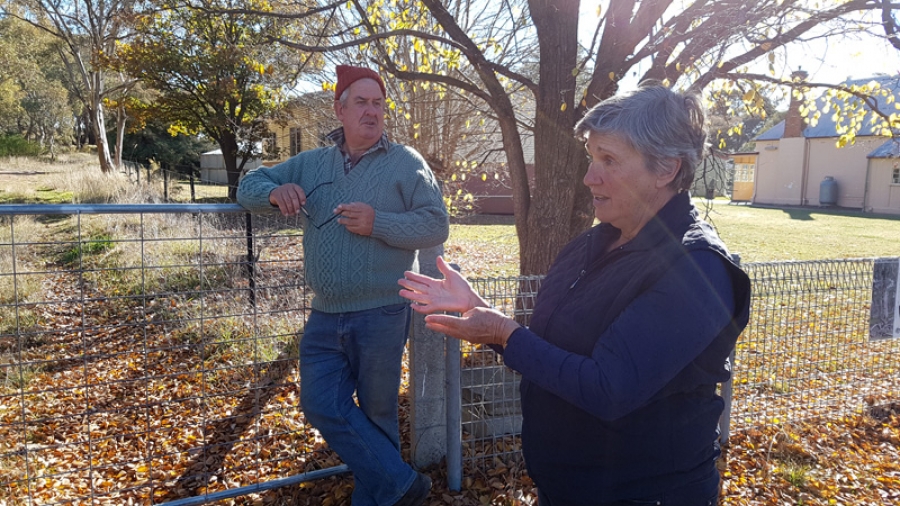
We have been working with the Dalton Community Association to remove woody weeds and replace them with native plants. During this work two local youngsters found two fish which they rightly believed to be a previously undiscovered remnant population of Southern Pygmy Perch – only the fourth population known! While this very small population is under great stress, it is a very hopeful and inspiring find for us. We will continue to maintain and improve this area.
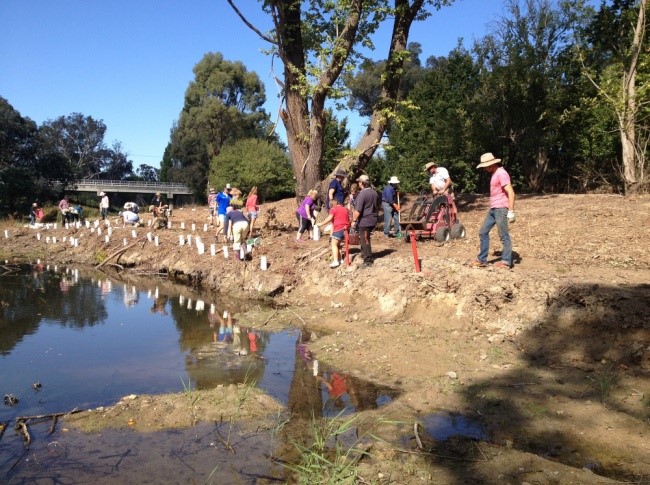
Gunning District Landcare has been working with Luke Pearce from Department of Primary Industries Fisheries, and Dr Mark Lintermans, Associate Professor in Freshwater Fisheries ecology and management at University of Canberra, to develop the Southern Pygmy Perch Recovery Action Plan. Which will also benefit the Yellow Spotted Bell Frog. Both listed as endangered species.
Whilst both Southern Pygmy Perch and Yellow Spotted Bell Frog occur here in the Gunning area, populations are low and without help these species are unlikely to persist.
This local Recovery Action Plan will give us a clear action plan for the future to ensure our efforts are strategic and coordinated. The plan should be completed by Spring 2017.
Further supporting the maintenance and enhancement of suitable habitat for these species is to cease the practice of burning vegetation to clear waterways.
Please see the PDF - Managing Stream Vegetation
